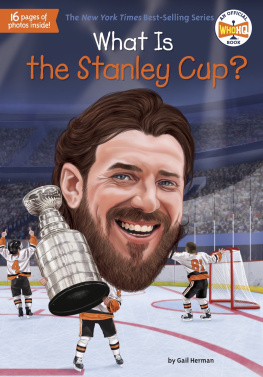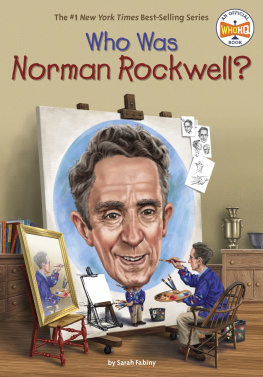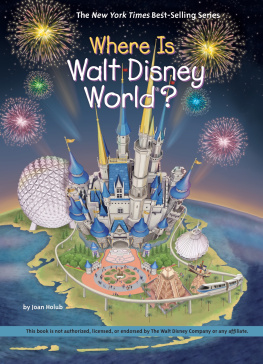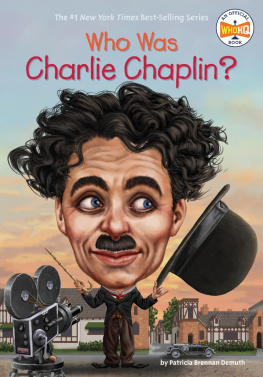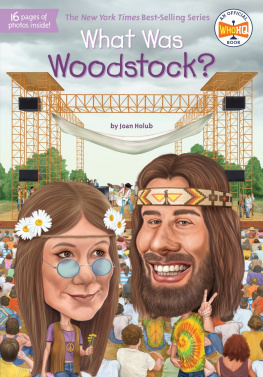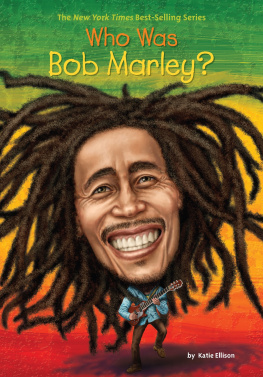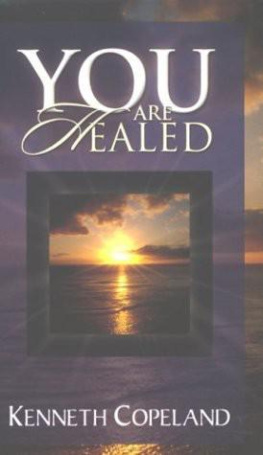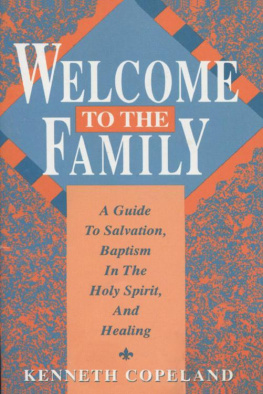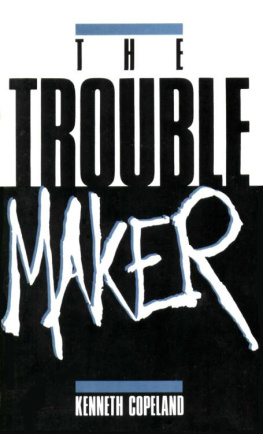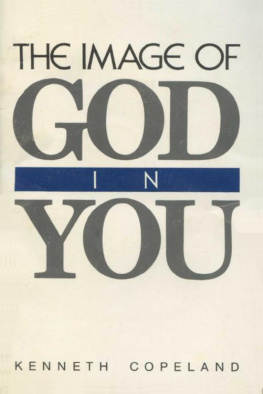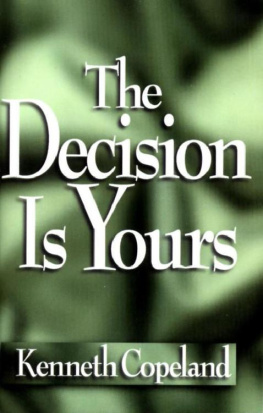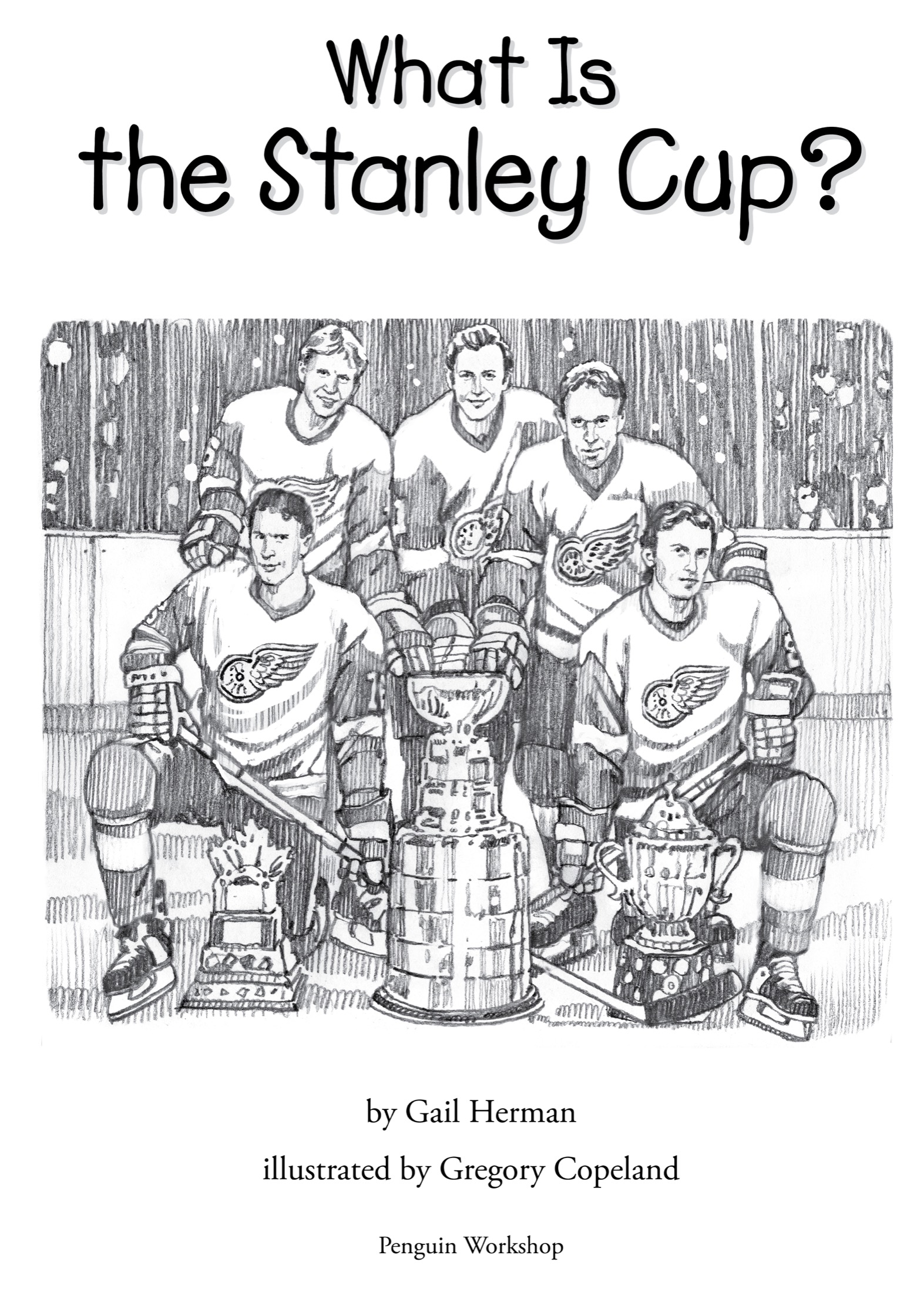If you purchased this book without a cover, you should be aware that this book is stolen property. It was reported as unsold and destroyed to the publisher, and neither the author nor the publisher has received any payment for this stripped book.
Penguin supports copyright. Copyright fuels creativity, encourages diverse voices, promotes free speech, and creates a vibrant culture. Thank you for buying an authorized edition of this book and for complying with copyright laws by not reproducing, scanning, or distributing any part of it in any form without permission. You are supporting writers and allowing Penguin to continue to publish books for every reader.
Copyright 2019 by Penguin Random House LLC. All rights reserved. Published by Penguin Workshop, an imprint of Penguin Random House LLC, New York. PENGUIN and PENGUIN WORKSHOP are trademarks of Penguin Books Ltd. WHO HQ & Design is a registered trademark of Penguin Random House LLC.
Visit us online at www.penguinrandomhouse.com.
Library of Congress Cataloging-in-Publication Data is available upon request.
What Is the Stanley Cup?
Each June, a series of hockey games ends by crowning a championship team. The winner is the number one team in the United States and Canada, and perhaps the world.
The Stanley Cup is considered the most difficult sports championship to win, with thirty-one teams in the National Hockey League, sixteen teams in the playoffs, and three rounds of best-of-seven-games series before the finals.
Whew!
The prize is the Stanley Cup itselfthe oldest and most famous sports trophy in the world. Its origins go back more than a hundred years. Thousands of fans have lined up around the world just to catch a glimpse of it.
After the final buzzer of the final game, the captain of the winning team is presented with the Cup. He lifts it high overhead. He circles the rink, his teammates following in a parade. In turn, they each take a lap with the prize.
Some players kiss it. Some cry. And some are surprised by its weight. (It weighs 34 pounds.)
All these players know they hold history in their hands. The same Presentation Cup, topped with a copy of the original trophys bowl, has been awarded for more than fifty years.
Thousands of names are engraved in the bowl and on its bandsnames of winning teams from the 1890s and, later, player, coach, and staff-member names.
Some teams listedlike the Vancouver Millionaires and the Montreal Wanderershavent been around for almost a century.
The Montreal Wanderers, 1905
Since 1995, the trophy travels the globe for about three hundred days each year. (The rest of the time, its on display at the Hockey Hall of Fame in Toronto, Ontario.) Each championship team member spends a day with Stanley.
Its been to hometowns in the United States and Canada, plus Russia, the Czech Republic, Sweden, Finland, and even the tropical Bahamas. Its been used as a bowl for popcorn, ice cream, cereal, and dog food. And two babies have been christened in it.
Its the stuff of tradition and legend. And it all started with one man: a British lord, Frederick Arthur Stanley.
CHAPTER 1
The Start of It All
Ice hockey has roots in ball-and-stick games, dating back to the earliest civilizations. In colder climates, people played these sports on frozen ponds, eventually on skates. Canada, though, is considered the true birthplace of hockey, combining these games and First Nations (Canadian indigenous people) traditions. In Montreal, James Creighton, the Father of Organized Hockey, introduced the first real rules, holding an official hockey game indoorsusing a puck instead of a ballin 1875.
During the sports early years, players didnt wear helmets, padding, or goalie masks. They stayed on the ice every second of the game. There were no nets, just posts hammered into the ice.

Lord Stanley and his wife, Constance
In June 1888, Lord Frederick Arthur Stanley and his family arrived in Canada. Queen Victoria of England had named him governor-general. At the time, Canada was a dominionor territoryof England. The governor-general was appointed by the British king or queen to govern Canada.
Canadian Geography
Canada is the second-largest country in the world. Its ten provinces function in a similar way as states in the United States, and its three territories have slightly different rules of government.
Today, hockey is considered the national pastime of Canada. Its part of the nations culture and identity.
Provinces, territories, and major hockey cities in Canada
None of the Stanleys knew about hockey. But Lord Stanley and his eight children loved sports. After seeing a game in Montreal, they were hooked. Two of the Stanley brothers formed a team of seven players, the standard number back then. They traveled in their fathers private train to play other teams. Throughout the country, people took notice. This was the important governor-generals family!
The game became popular in northern US cities, too. Meanwhile, more leagues formed.
In time, Lord Stanleys children wanted to hold a championship; one winner named from among all the different leagues. Lord Stanley donated a silver punch bowl to use for the trophy. So the Stanley Cup isnt really a cup at all.
Trophy Trivia
Since 1958, the Stanley Cup has had five bands below its bowl, filled with champions names. Every twelve or thirteen years, the oldest band is taken off and displayed in the Hockey Hall of Fame, while the other four are moved up, and a blank band is added for new winners. Through the years, there have been many typos. When the Bruins won the title in 1972, Boston was spelled BQSTQN. The 198081 New York Islanders name was written as ILANDERS. The Leafs in Toronto Maple Leafs was spelled LEAES in 1963. Hall of Fame goaltender Jacques Plante won the Stanley Cup six times between 1953 and 1960. His name is spelled five different ways. And there have been other problems: In 1984, the Oilers owner included his dads name on the list. It was later crossed out.

